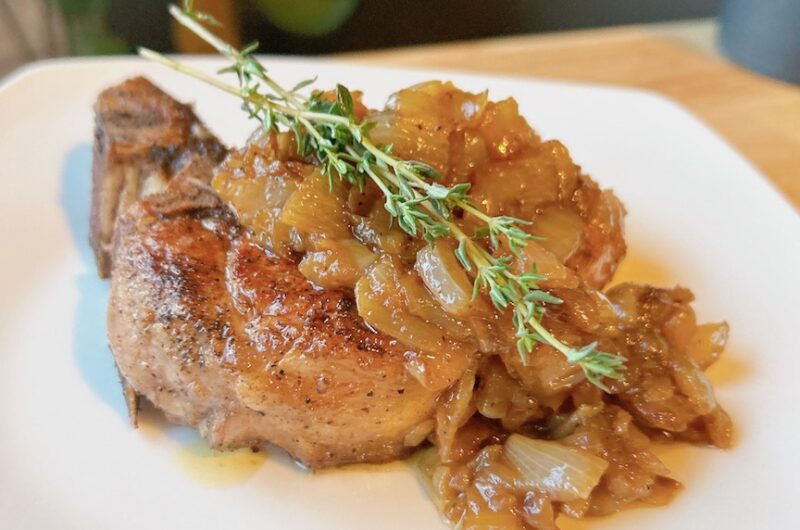Veal is a contentious subject. Many will consider the protein “wrong” to eat. Many more will agree that it’s not something to proudly profess your love for, that is if you do eat it on any sort of regular basis. I can’t recall ever seeing a Veal: it’s what’s for dinner t-shirt or bumper sticker around town… but once that young calf gets just old enough, then it’s off to the butcher, and we’re going to announce it to the world!
Joking aside, I haven’t consumed veal in years. I regularly consumer beef and other meats, but not veal. It’s available at my local farmer’s market, but I often overlook it. It’s bad rap is largely to blame.
Much of veal’s bad rap comes from the misconception around the [young] age of which calves are taken to slaughter. That’s such an ugly word. Butcher isn’t much better. Cultivate sounds less harsh. Whatever you call the process, it is what it is.
Most people don’t like the idea of eating a “baby animal”. I know my wife’s brain immediately goes to images of golden doodle puppies when the term “baby animal” gets thrown around. Nobody wants to slaughter golden doodle puppies, do they? Well, these aren’t puppy-like creatures being taken to slaughter. These aren’t babies. A 20 week-old calf – often the age they are butchered for veal – can easily weigh over 400 pounds. Pigs and chickens are regularly butchered at a younger age than veal calves, but they don’t get the same rap. I’m not suggesting you have to like it, but there isn’t anything awry with the age at which veal calves are grown to.
I’m shrugging off the dairy industry’s history of cruel and inhumane practices around veal production. If the sector deserves a bad rap, it’s solely for these reasons. But, the fact of the matter is that veal, as a protein in our global diet, isn’t going away. Fortunately, many of these practices are changing for the better.
Is it my place to suggest how often you eat veal? No.
Should you eat veal multiple nights a week? Probably not.
Can you eat veal and feel guilt free? Yes.
It may not be easy – i.e. not found in your average grocery store – but diligent consumers can find humanely raised veal. In the UK, rose veal is certified humane by the Royal Society for the Prevention of Cruelty of Animals (RSPCA). Producers can market their veal as such, offering tremendous value to consumers. Rose is a reference to the color of the meat. A light pink hue can be an indicator of humanely raised veal. Generally speaking, the whiter the color of the meat, the poorer the conditions were the animal was raised in.
Within the United States, there are no blanket rules and regulations for producing veal humanely. Some states like Colorado, California, and Massachusetts have banned the use of veal crates and gestation cages. Similar measures were passed across the UK in 2007, but it doesn’t ensure humane practices across the board.
As a consumer, look for transparency from producers and retailers. If the veal you’re considering purchasing is labeled “rose veal”, then it’s easy to discern whether the animal was raised humanely or not. Within the United States, it may not be that clear cut. Some producers use the rose moniker found across the pond, but it’s not ubiquitous. Many producers, like Rossotti Ranch in Petaluma, California, proudly offer insight into their humane practices. A good butcher shop or grocer should tell you where the veal was sourced. You can use this information to conduct your own research and verify whether humane practices are adopted. You still have to take their word for it, but it’s better than no transparency. If you aren’t sure about the veal’s origins, or if the source isn’t labeled or offered, then don’t buy the meat.
Don’t commoditize veal. Support humane practices. It will incentive more businesses to follow suit.
Below you’ll find an easy and delicious recipe for Pan Seared Veal Chops with Vidalia Onion Confit. I seasoned my veal chops with salt and ground black pepper, then pan-seared them in a mixture of smashed garlic, extra virgin olive oil, and butter, cooking the chops to a medium temperature. I slowly cooked vidalia onions alongside and fished them in balsamic vinegar for a tangy, sweet confit that paired perfectly with the tender veal chops. For added flavor, you can deglaze the pan you seared the veal chops in with chicken stock and pour the juice over top of the confit.






